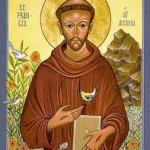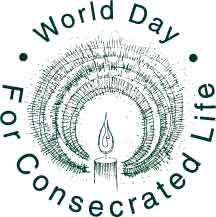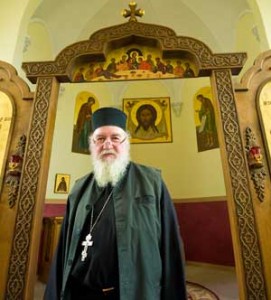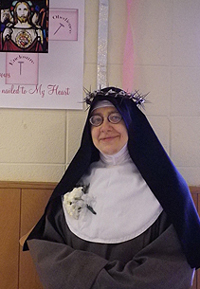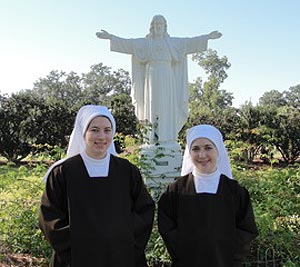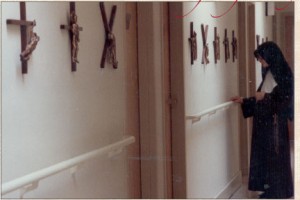 The following is a letter from a fictional novice of the Poor Clare Colettine Nuns in Rockford, IL.
The following is a letter from a fictional novice of the Poor Clare Colettine Nuns in Rockford, IL.
Dear Family,
Praised be Jesus Christ and His Holy Mother! I’m looking forward to my second Lent in the monastery. What a wonderful surprise was in store for me before Ash Wednesday — three days of more solemn and lengthy Eucharistic Exposition of the Blessed Sacrament. You remember from our brochures that we do have Exposition every day, but this was special with a capital “S.” So many hours of prayer and adoration.
You may wonder what Lent is like in an Order that already keeps a perpetual Lenten fast and abstinence even outside of the liturgical season. Believe it or not, we do make a few changes that reflect even more the austerity of this season. Beginning with Ash Wednesday, the organ is silent. The Liturgy of the Hours and Holy Mass are sung a capella except on Laetare Sunday and Solemnities. You remember that there is no correspondence or visiting until Easter. The community prays an offering of the Precious Blood together nine times a day and on Saturdays we pray the chaplet of Our Lady’s Seven Sorrows, just to mention a couple of Lenten practices. Meals are simple without many condiments but, I assure you, healthy and quite sufficient. Oh, and so much more to tell you, but I’ll have to do that some other time!
Until next time, I am off to the Lenten desert!
Sincerely,
Sister Mary Neophilus



